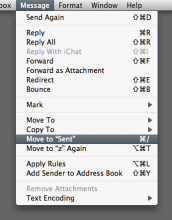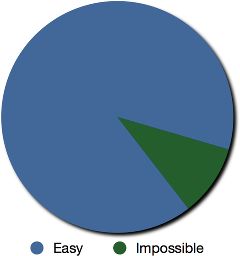Recovering From a Failed ZFS Root Mirror Disk
Hypothetical. Say, for example, you’ve got a ZFS mirror on disk0 and disk1, from which your Nexenta system boots. A year or two later, disk0 crashes, and starts spewing messages such as the following:
ahci: [ID 860969 kern.warning] WARNING: ahci0: ahci_port_reset port 0 the device hardware has been initialized and the power-up diagnostics failed
Shortly thereafter there’s a storm and the power goes out for several hours and drains your entire humongous UPS, and when the power finally comes back on, the system won’t boot — it stops at the grub prompt; issuing a standard boot command fails.




 From time to time, I get these insatiable urges to read what other Cocoa developers blog about. Sometimes they’re informative, sometimes they’re funny, sometimes they read like college textbooks, and sometimes they’re just downright terrible, but I read them anyway. It comes and goes in waves, every 2 or 3 months. A couple weeks ago, one such binge happened, and I started reading Aaron Hillegass’ critique of
From time to time, I get these insatiable urges to read what other Cocoa developers blog about. Sometimes they’re informative, sometimes they’re funny, sometimes they read like college textbooks, and sometimes they’re just downright terrible, but I read them anyway. It comes and goes in waves, every 2 or 3 months. A couple weeks ago, one such binge happened, and I started reading Aaron Hillegass’ critique of